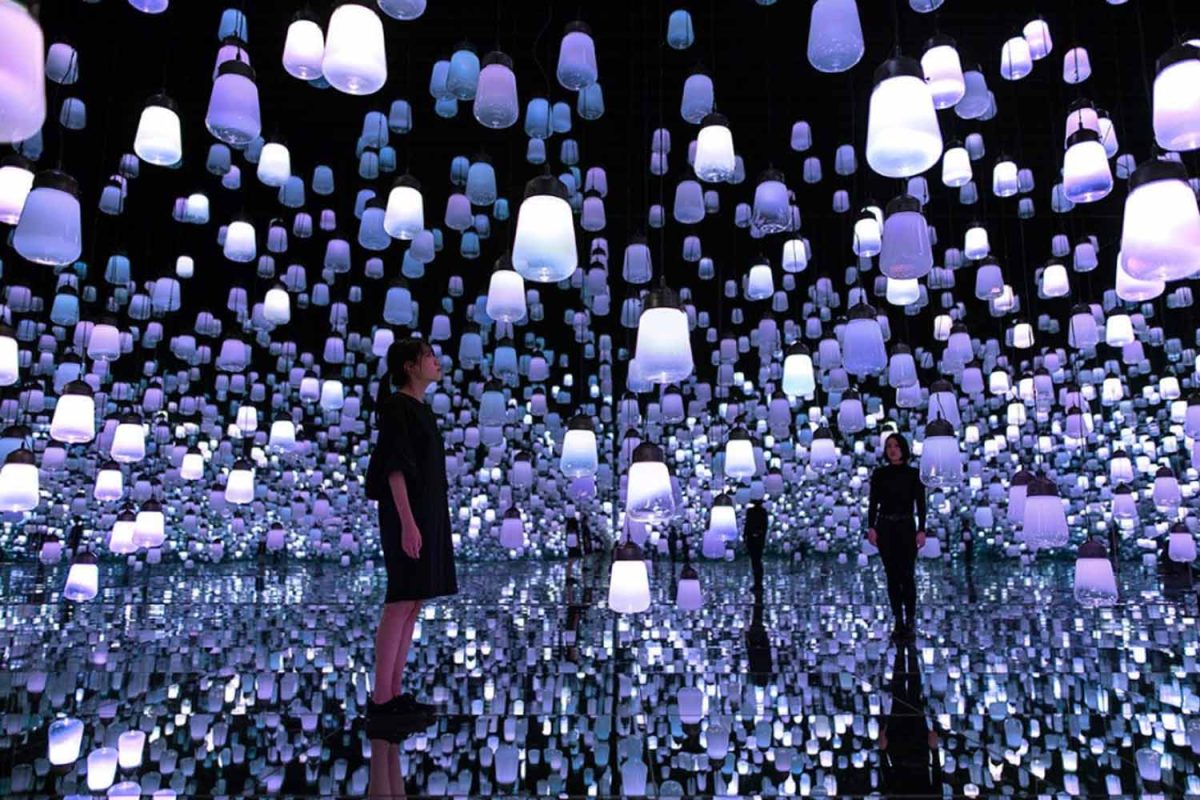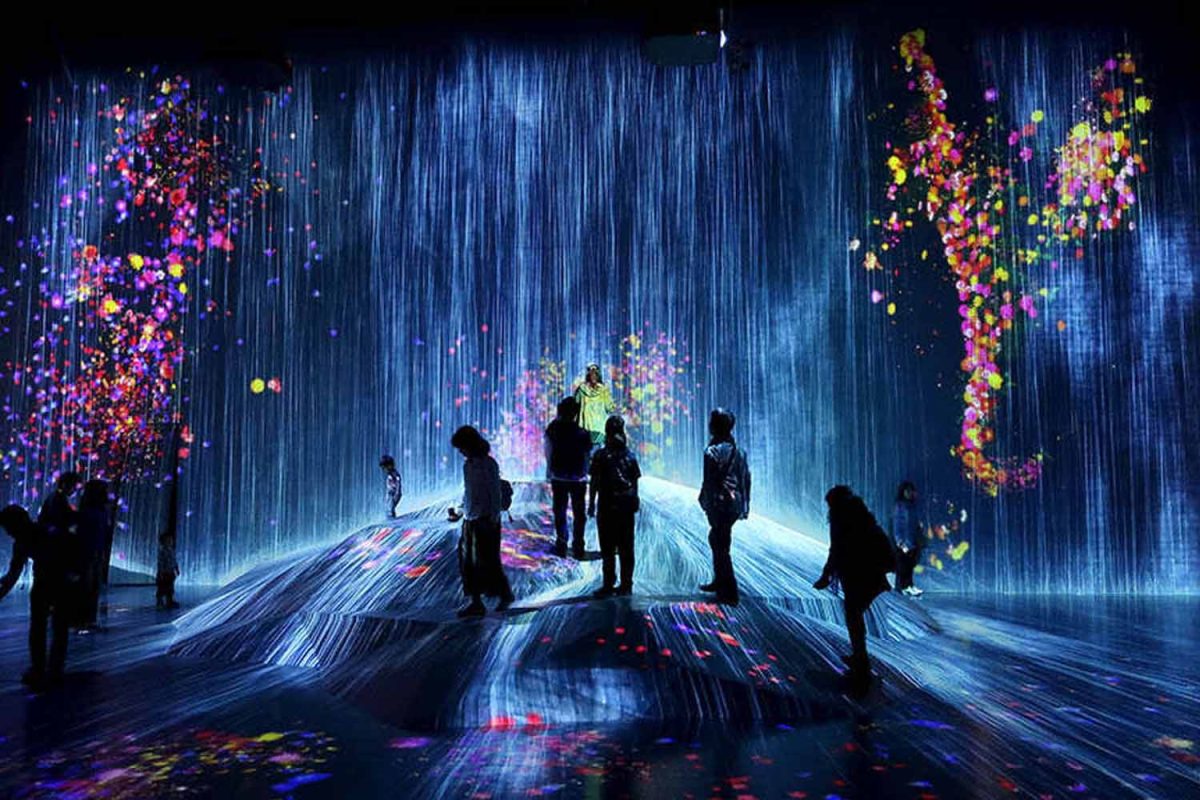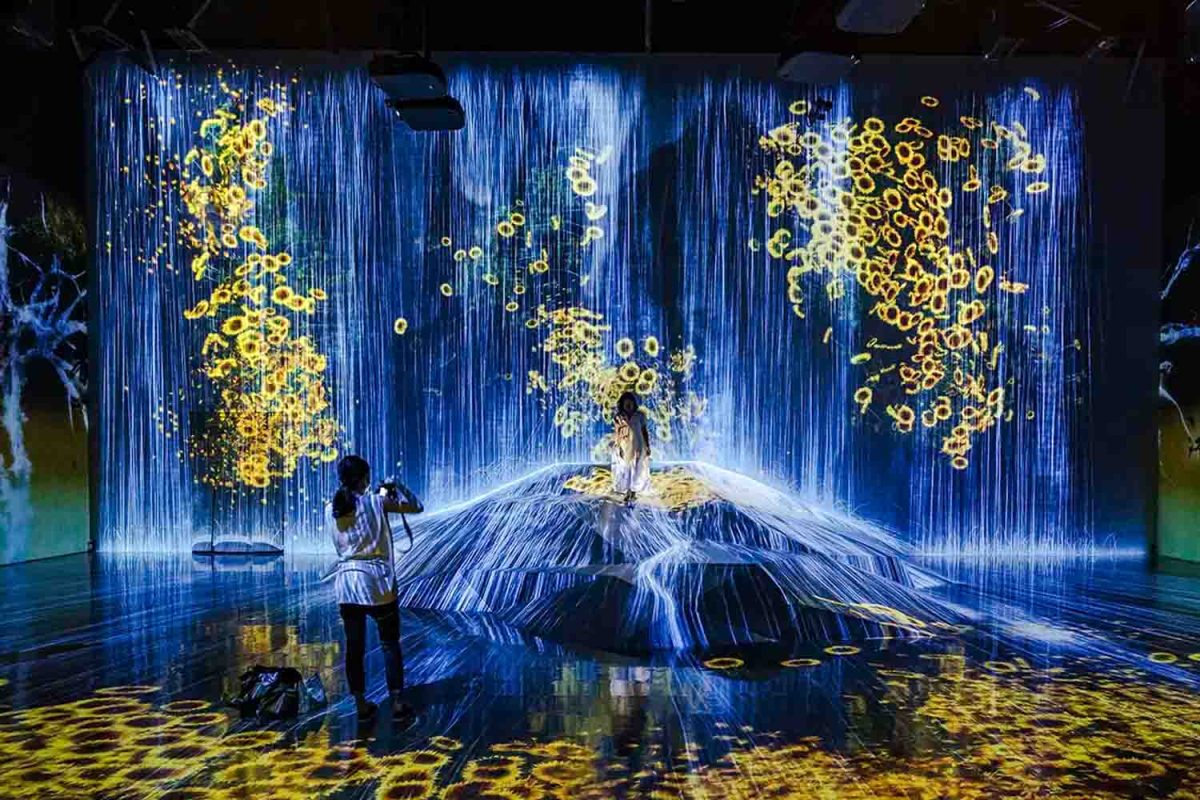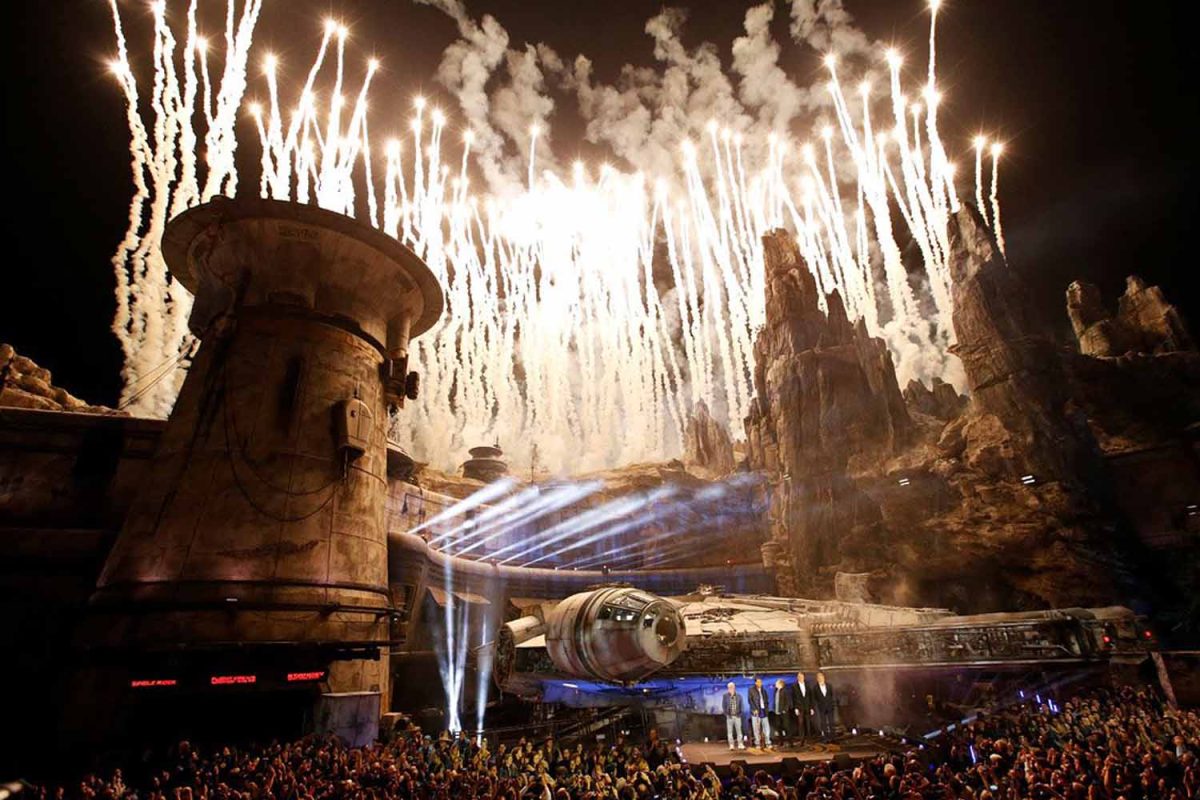

Mohsen Seraji – Creativity and Foresight Director
Interactive entertainment centers are one of the most important areas within the tourism and entertainment industry, designed to provide unique experiences for audiences. Unlike traditional forms of entertainment, where the audience is mostly a passive viewer and consumer, these centers focus on the active participation of visitors in the entertainment process. This note will define the concept of interactive entertainment centers, outline their key features, and analyze two successful examples of these centers.
The Concept of Interactive Entertainment Centers
Interactive Entertainment Centers (IECs) are designed with the goal of fostering greater engagement between audiences and the environment. In these centers, the main objective is for visitors to engage with the spaces and tools in the environment rather than simply observing. Through physical or digital interaction, visitors create their own experiences. These interactions can take place through interactive video games, live shows with audience participation, the use of augmented reality (AR) and virtual reality (VR) technologies, or even creating collaborative spaces in the form of group games or shared puzzles.


Interactive Entertainment Centers
Interactive entertainment centers often consist of several key elements:
Successful Examples of Interactive Entertainment Centers
One of the outstanding and successful examples of interactive entertainment centers is the "TeamLab Borderless" museum in Tokyo, created by the art group TeamLab. This museum is designed to break down the boundaries between art, science, and technology, immersing visitors in a world of interactive and artistic experiences.
The most important feature of this museum is that visitors can actively engage with digital artworks displayed through projectors and modern technologies. The images and sounds in this environment change based on the movement and interaction of the visitors, resulting in a unique experience for each individual. The museum offers an immersive, multisensory experience that invites visitors to explore a boundless world of light, sound, and color.
One of the famous sections of this museum is the "Crystal Jungle," which uses thousands of crystal lights that change color and shape based on visitors' movements. In this environment, visitors feel as if they have entered a digital world that is constantly changing and evolving.
The "TeamLab Borderless" museum has been able to provide an interactive and personalized experience for visitors through the use of advanced technologies and the integration of art and science. It is also recognized as an international tourist attraction, with visitors from around the world traveling there to have a unique experience. The success of this project lies in creating a rich interaction between the audience and digital art, making the audience feel like they are a part of the artwork itself.


2. Tokyo Disneyland – Interactive Star Wars Experience
Another successful example of interactive entertainment centers is a section of Tokyo Disneyland dedicated to the interactive "Star Wars" experience. In this area, visitors are transported into the world of "Star Wars" films and invited on an adventurous journey through virtual reality technologies and live interactions with film characters.
In this experience, visitors can participate in interactive missions where they take on the role of galactic warriors. Digital equipment and advanced technologies allow individuals to truly feel as though they are present in the battles and events of the "Star Wars" universe.
The success of this interactive experience at Disneyland is especially due to its strong storytelling and smart use of modern technologies. The combination of virtual reality, interactive games, and direct engagement with the story of beloved films provides visitors with an unforgettable experience. Additionally, this part of Disneyland has succeeded in evoking nostalgic emotions for "Star Wars" fans, creating a rich interactive entertainment experience.


In conclusion, interactive entertainment centers have succeeded in providing fresh and exciting experiences for visitors by combining modern technologies and creating interactive spaces for active audience participation. These centers utilize multisensory experiences, group games, and interactive storytelling to go beyond traditional entertainment, transforming visitors into creators of their own experiences. Successful examples such as the "TeamLab Borderless" museum and the "Star Wars" section of Disneyland demonstrate that this type of entertainment center can become a global attraction, drawing audiences from around the world.
Interactive entertainment centers have a bright future in the tourism and entertainment industry, and with the advancement of technology, these centers will increasingly create innovative and unique experiences for visitors.